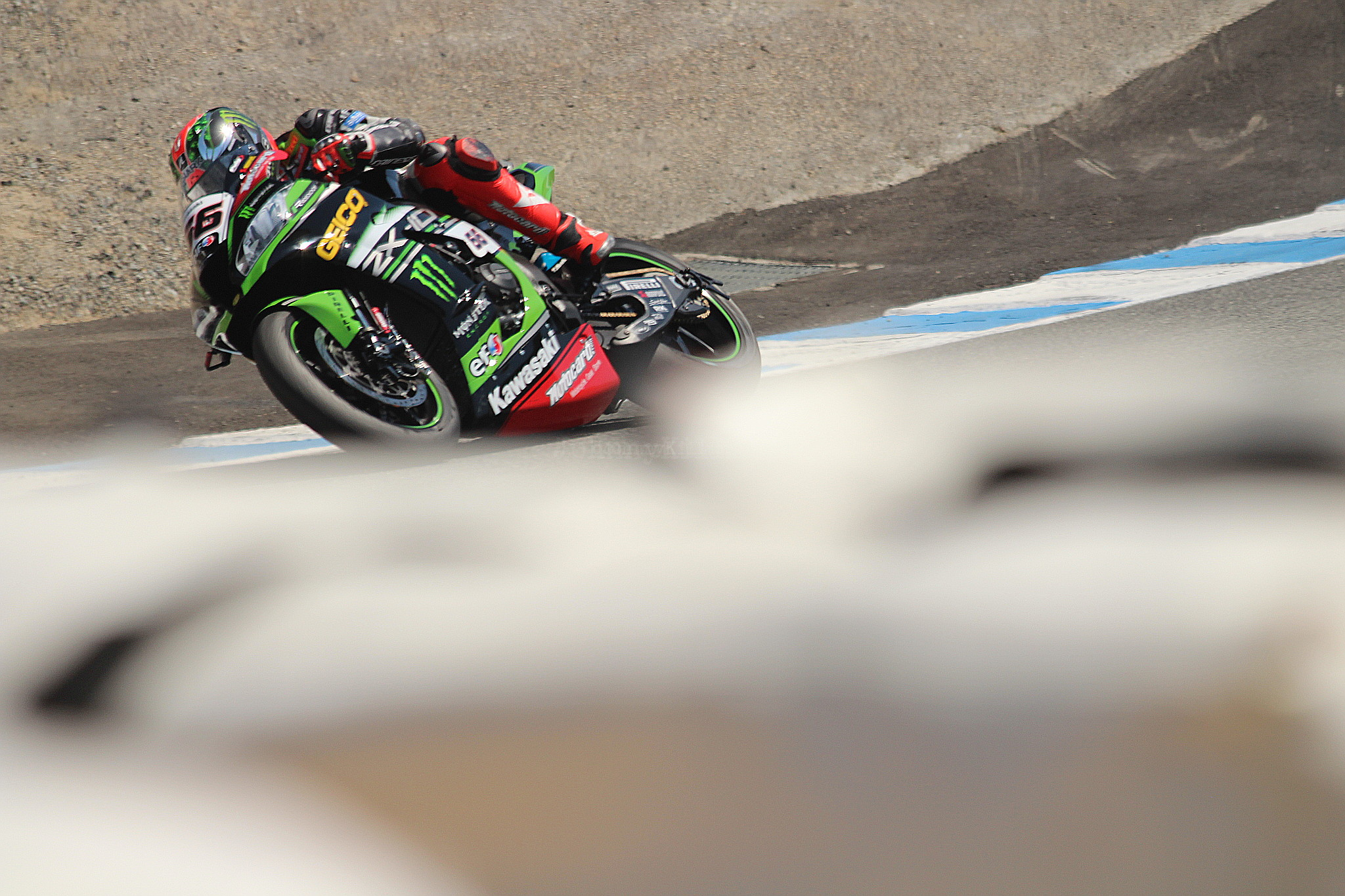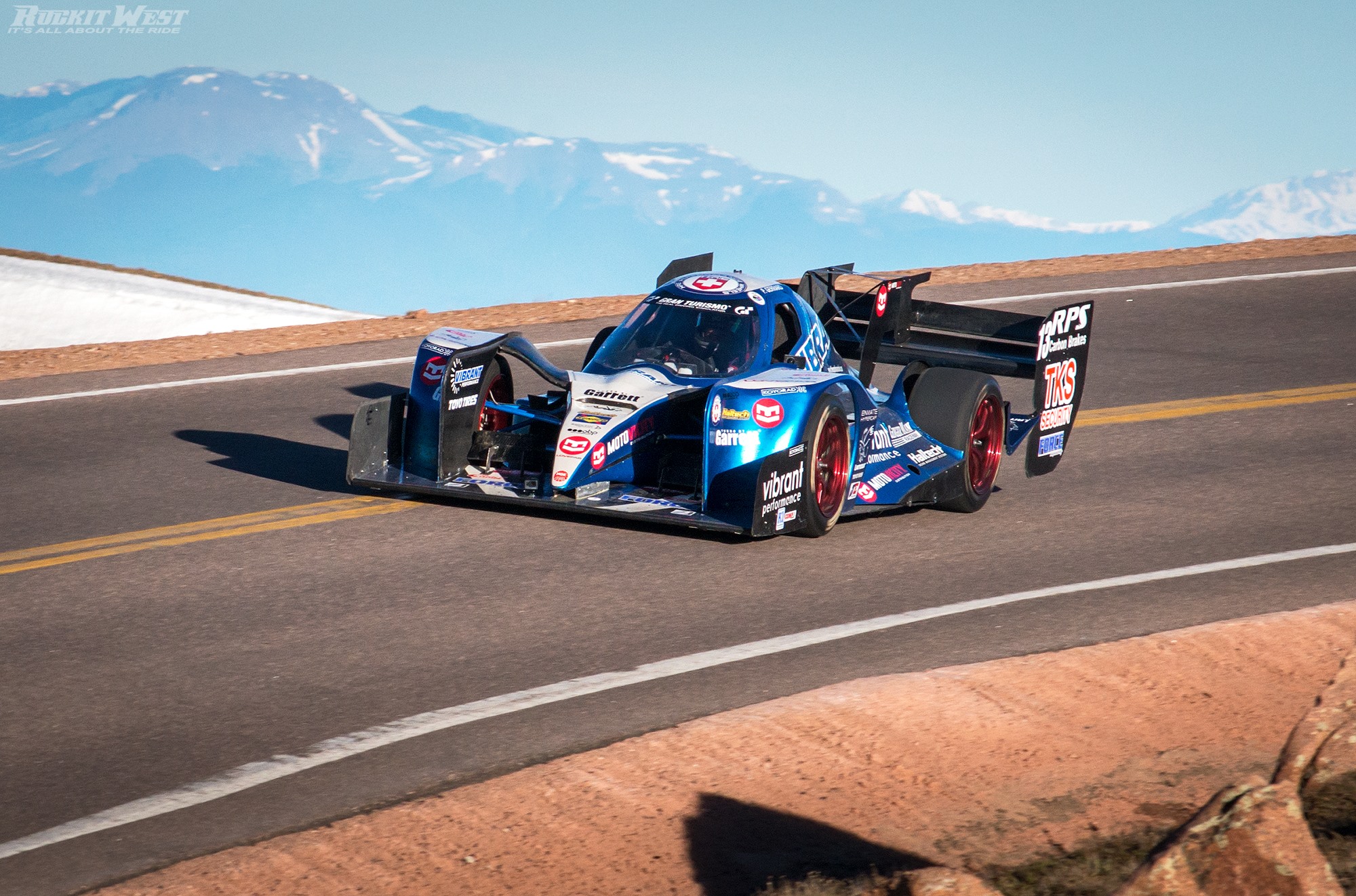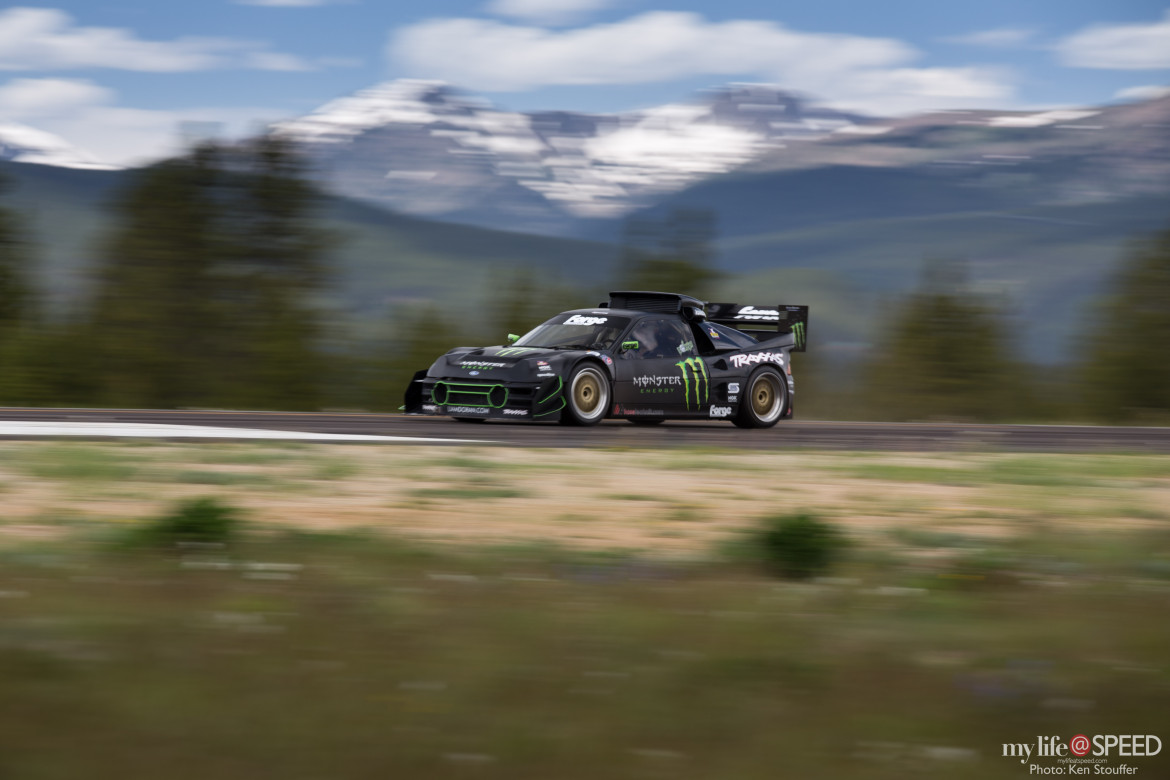Life is funny. One minute you are sitting at work, tending to business and the next a life changing video lands in your Inbox. The video in question happened to be produced by Amarok Racing. Amarok are self-described as “Canada’s First Electric Superbike Team”. 24 hours later, I find myself getting a call from Halifax, Nova Scotia. It’s the guy in the video calling. It’s Michael Uhlarik.
Now I’m just an ordinary, boring, engineering type who happens to have a lot of brilliant interesting friends. As of today, I have added another to the collection. The one who pointed me to the video is named Rick. He just happens to have designed Bank of America Tower at One Bryant Park.
One Bryant Park is known to be one of the most efficient and ecologically friendly buildings in the world, the first LEED Platinum Certified Commercial skyscraper in fact, so when Rick tells me something is a cool design, I pay attention.
In the video, motorcycle designer Michael Uhlarik says some things that begged further investigation from us here at My Life at SPEED. In short, we really dig this.
We selected a few of his quotes and asked him for an interview. He agreed, returning our email quickly and our ensuing conversation led to a good bit more than just the interview, but more on that later. Michael has spent the past 15 years in the motorcycle design industry, playing a key role as a designer with Yamaha, Piaggio Group, Aprilia and Bombardier before founding Amarok Consulting. He is also a writer and contributes to Hell for Leather and Cycle Canada on a regular basis. His days with Yamaha and the R1 left an impression and the “Kando” philosophy, on his soul. That Man/Machine/Soul interaction drives his passion for clever simplicity.
In discussing his design and the general philosophy and approach that Amarok takes, Michael describes Yamaha’s motorcycle design approach almost as something spiritual or sacred. Yamaha evolved from a musical instrument company in a culture where one needed permission from the Emperor before designing or building a flute. He used words and phrases like:
- “..a high performance motorcycle that could be in balance with the forces acting on it..”
- “..a clever vehicle – a series of interconnected parts and systems”..
- “..assign one part too much importance and not only do the others have to give in, the whole vehicle suffers..”
- “..using exotic or expensive technology to bludgeon engineering problems over the head is a sloppy way to design something..”
- “..in balance with itself, the forces acting on it..and in balance with the new energy paradigm..”
We asked Michael to discuss what he feels are key attributes regarding the Amarok’s philosophy of modern, creative, mechanical design and how it applies to racing. We spoke for over an hour. The man is contagiously passionate about what he does. These are but a few of his comments.
On “balance”
Balance is an approximate English translation of Kando (Kandō (感動?) a Japanese word, used by Yamaha to describe their corporate mission.
The Japanese methodology is to not overcompensate. For a machine to be the best at everything means it is one that has made the most comfortable compromise. If you are the fastest at Bonneville, it is likely you are not going to do well in the Corkscrew at Laguna Seca for example. The western attitude generally “more is always better” We as designers tend to overindulge our appetite for competition. The most successful car ever built is the Porsche 911 not the best in any category, but it has done everything better than any other car by being the second best at everything. That’s what we mean by “balanced.”
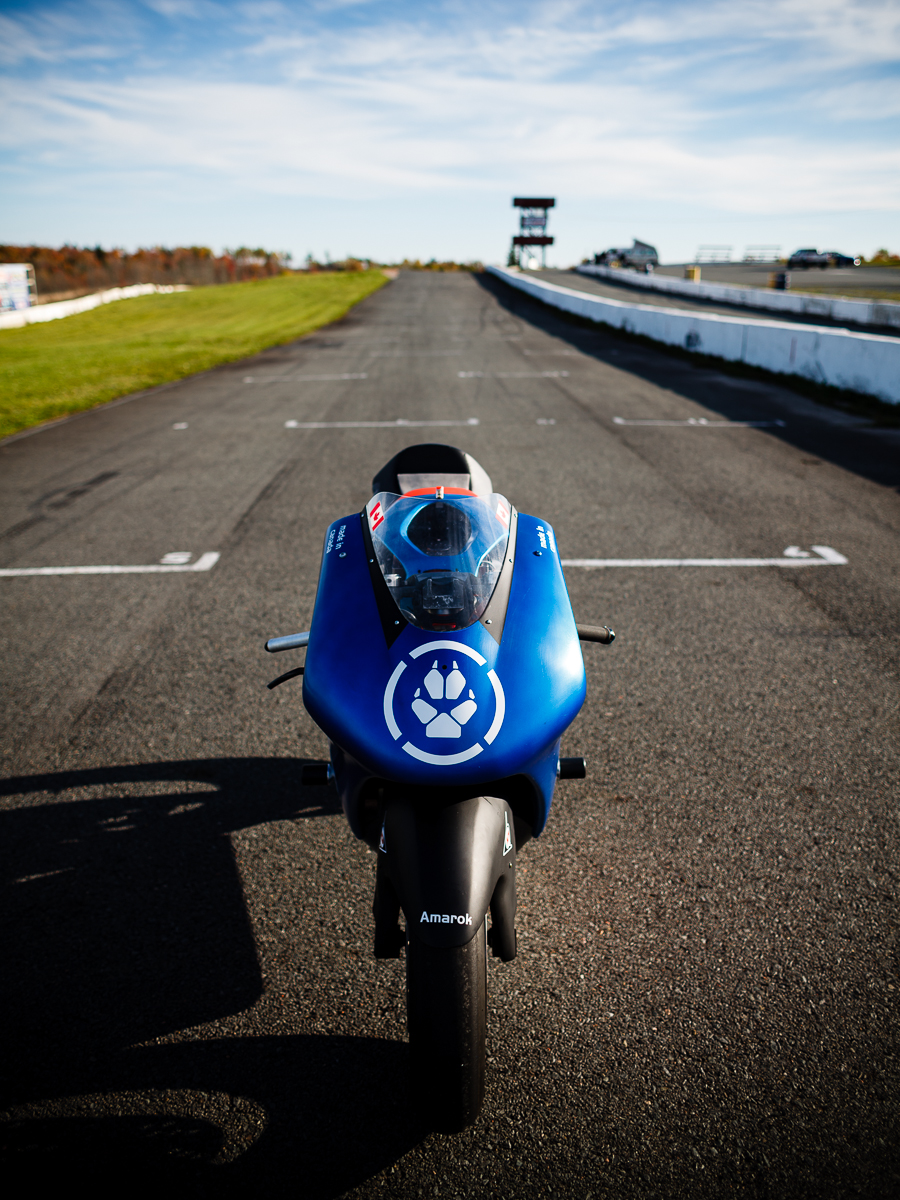
Our approach is the same with the P1, and we’ve made a pretty good first shot, is that when someone rides it, they will get off feeling like they just got off a 250 GP bike. Very easy to ride, no sweat, no wallow, no push. The power to weight ratio is untouchable right now…something like 510 hp/ton (As an example – if you had a 400HP car that weighed 3300 lbs., then it would have a 267 hp/ton ratio)
On “clever”
We are Canadian. We use the cards we are dealt to create opportunity. We are a polite people, we didn’t even revolt, we just sent off a firm letter stating our desire for independence.
Our approach to clever began when I lost my job and was sitting at my dining room table knowing it was all or nothing here. It was either design a world class motorcycle with what we had, or go back to teaching design. I was the last of my class to graduate industrial design still using a pencil and paper. So, to design a motorcycle using the resources and tools available at the local Canadian Tire (basically a Pep Boys) you have to be creative. At Yamaha as with many other large corporations, it was assumed that every designer just had a $7000 workstation. I don’t even have a CAD program.
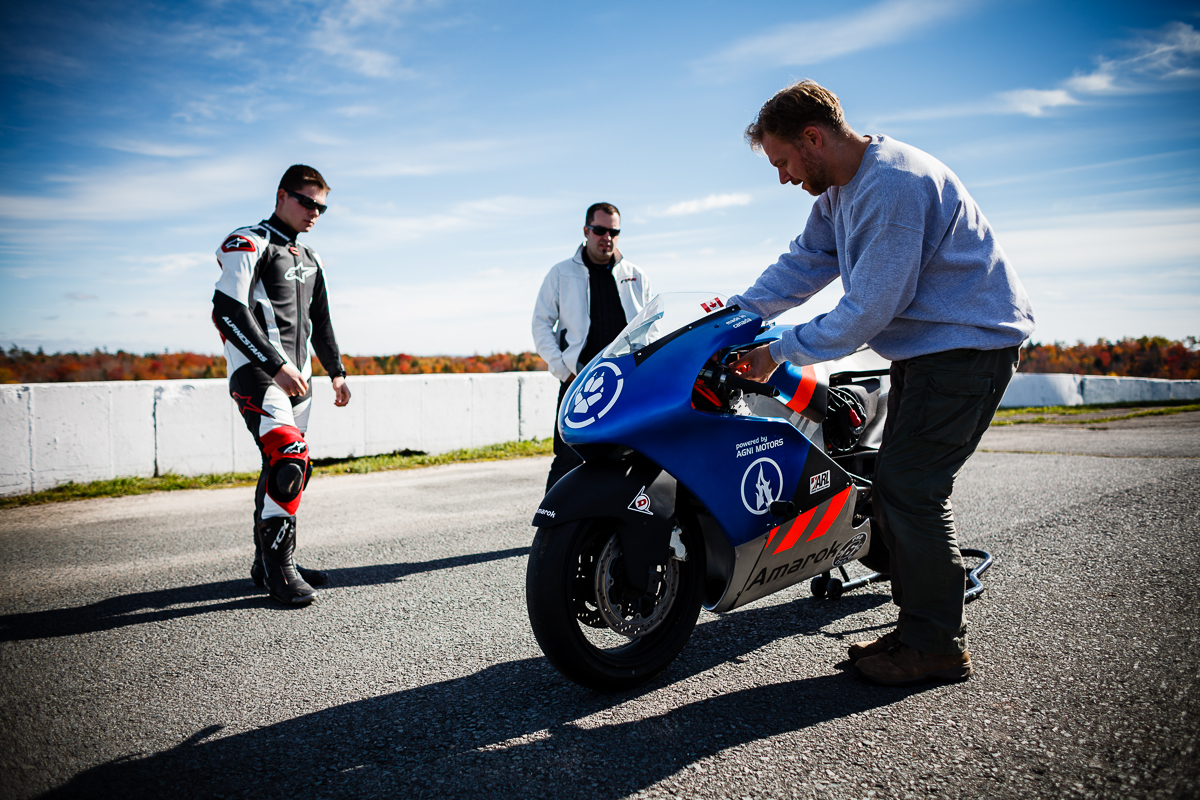
The most exotic material we use is 6000 series sheet aluminum. Our wishbone suspension was designed using steel tubing. With limited resources we drafted our ideas on paper, created them in plywood and came in 3kg under target. We had to rely on skill and craft and not technology. That’s what we mean by a clever vehicle. There is actually a tube under the P1a motorcycle that was a reclaimed irrigation pipe from a strawberry farm. It had the precise internal diameter. It was what we had.
On “sloppy design and the new energy paradigm”
Please don’t misinterpret this. Would we like an unlimited budget and modern technology? Absolutely! Are we anti-technology. Not in the least! But somehow, in the “big league” the mindset is that everyone expects that if a design problem arises, a 5-axis milling machine with 500 lbs. of shavings left on the floor is an acceptable solution. Technology can actually be a burden to the creative process.
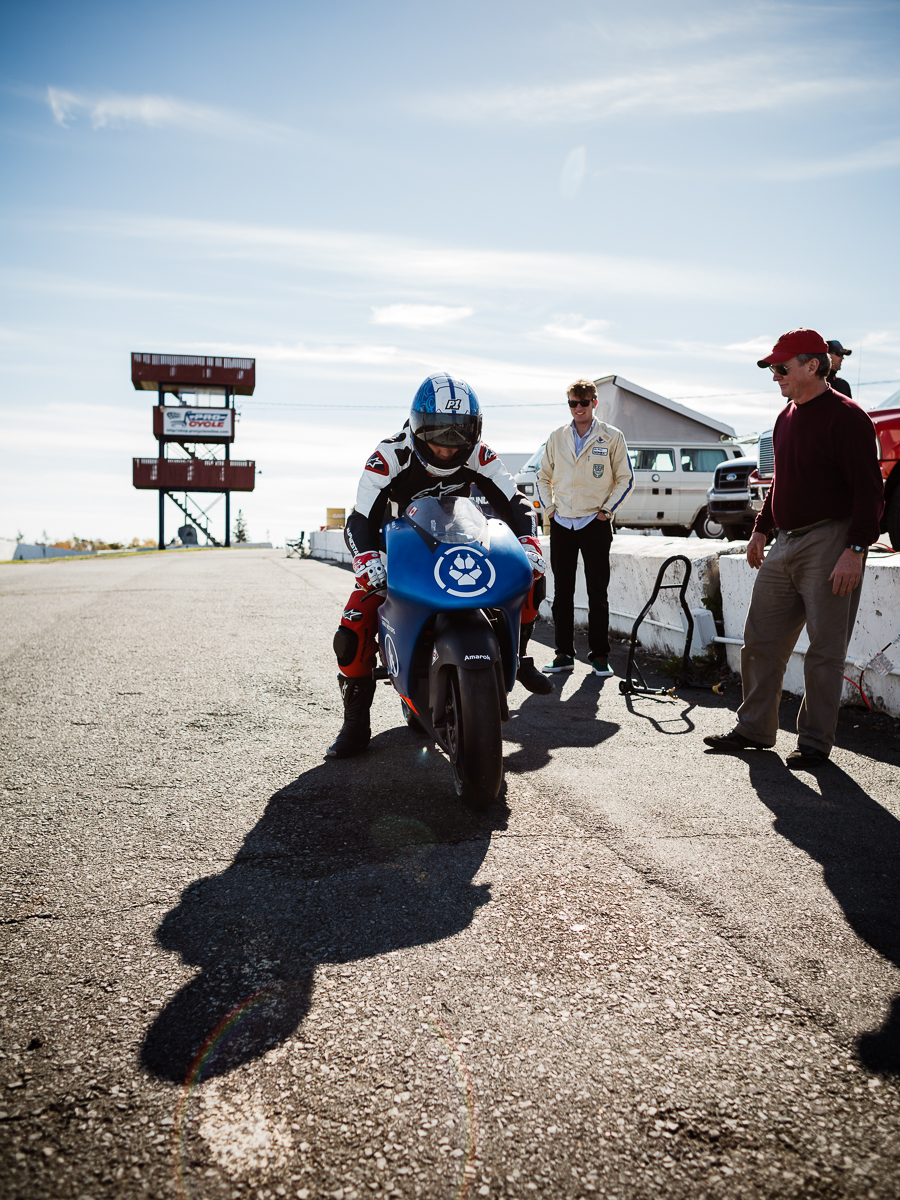
We simply can’t afford this cavalier attitude. Our P1 was finished in 14 months with under $20K. Gas is not going to get any cheaper. Everyone can agree on cost. The P1 race bike costs $0.50 to charge. It can run a warm-up lap, a 45 minute race and a cool-down lap on a single charge. You will never have to do a valve job, never need to put gas, oil, fluids, etc., and an engine rebuild takes 20 minutes and a Phillips screwdriver.
Our mission here at Amarok Racing, first and foremost, is to build a world class racing motorcycle. A production motorcycle would be a great place to go after that.
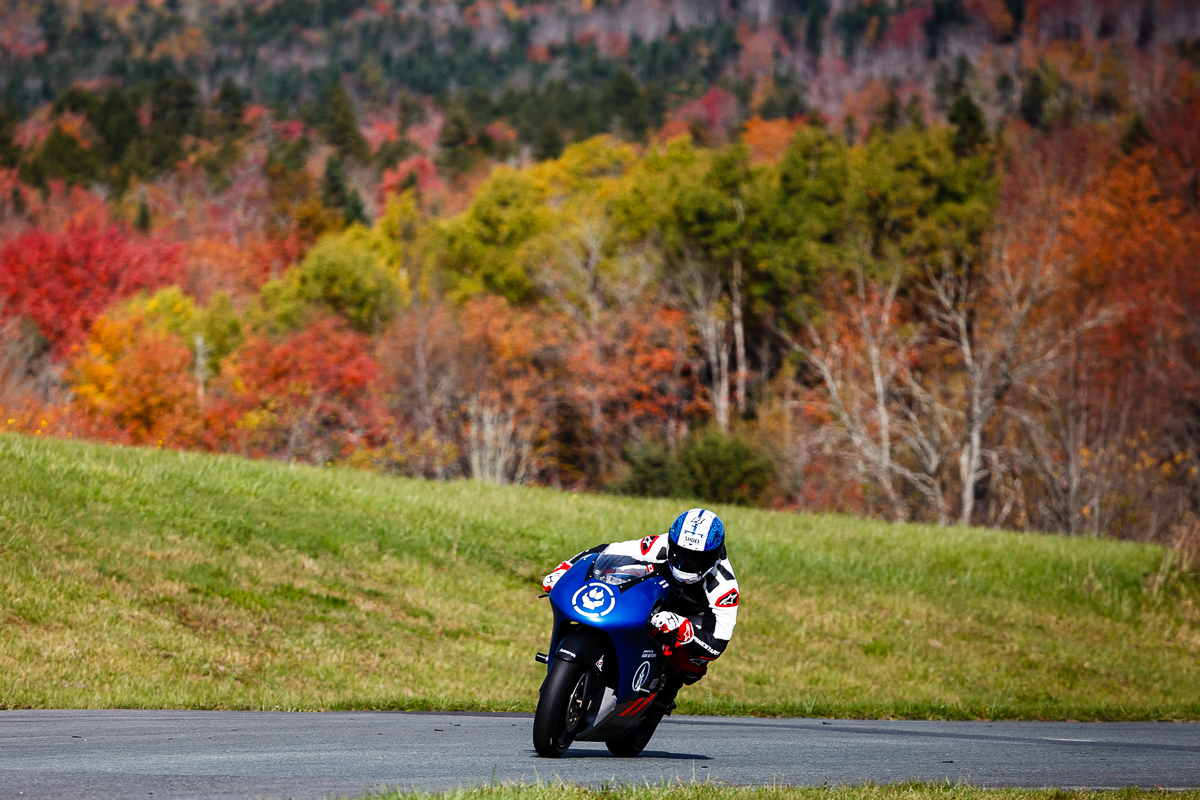
Amarok Racing will be competing in the 2013 Pikes Peak International Hill Climb. Amarok will race up the famous 156 turns of “The Race To The Clouds” with the mission of setting an electric motorcycle record. Stay tuned, My Life at Speed will be covering their efforts.
This is the introduction of Amarok Racing, Canada’s first electric motorcycle racing team. Founded by Michael Uhlarik and Kevin O’Neil, Amarok Racing is dedicated to design innovation and electric motorcycle development. This film features the first high speed track test of the completed P1A prototype, at Atlantic Motorsports Park in Nova Scotia, Canada.

